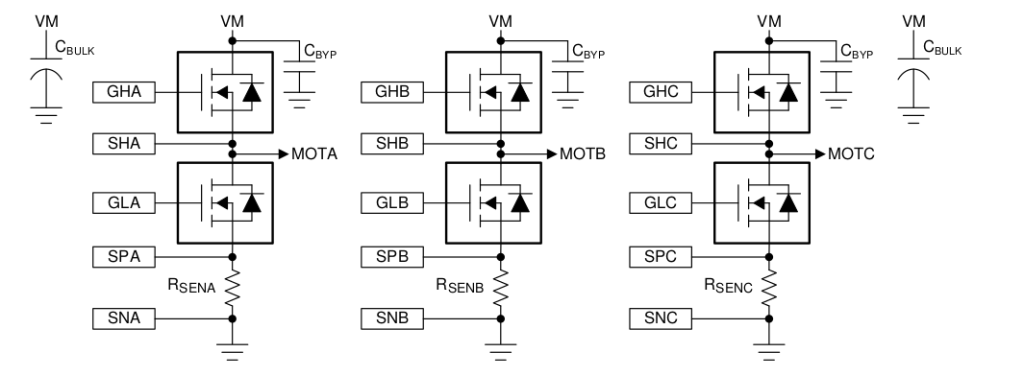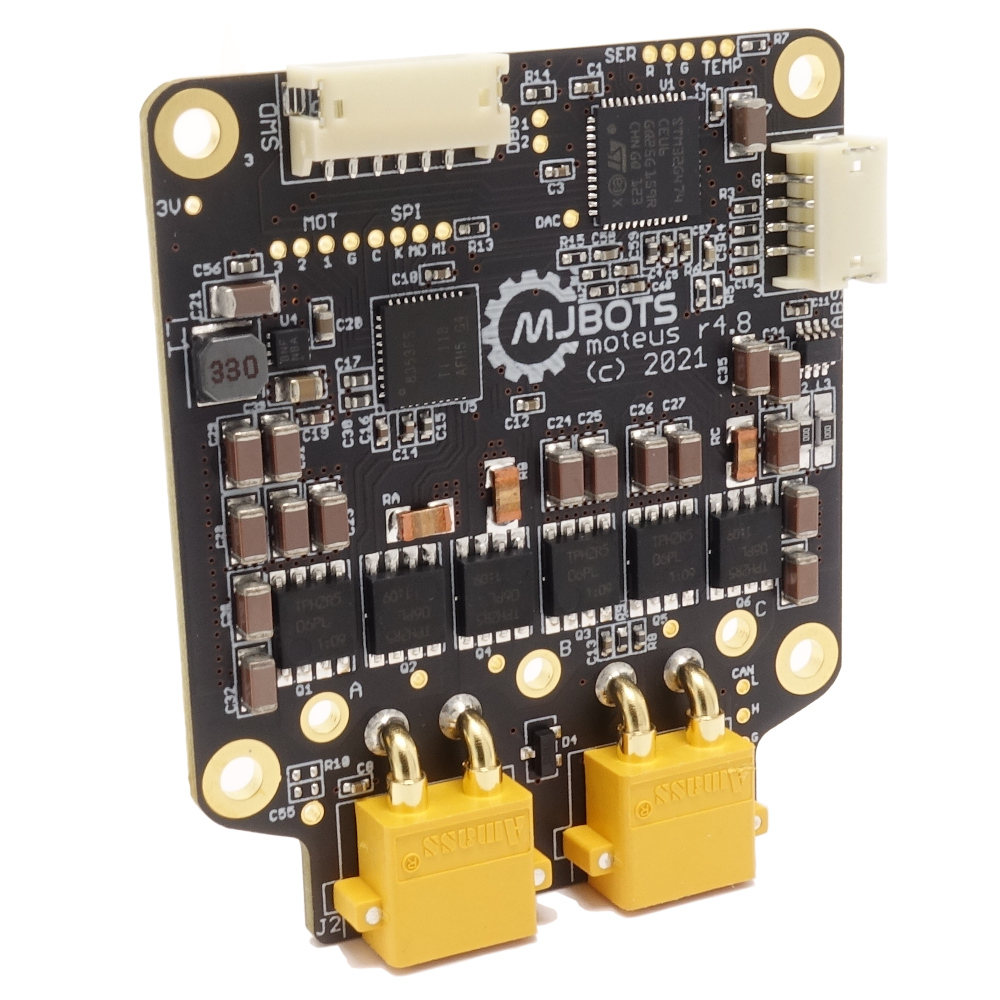moteus firmware release 2021-09-19
This new release makes minor improvements to support for r4.8 moteus boards, notably it makes the Kv and winding resistance calculation more closely match that measured by r4.5 and decreases audible noise when controlling to 0 current or torque.
Get it from github: moteus 2021-09-19
Note, this does require a new version of moteus_tool to be able to flash over CAN, version 0.3.29. You can get it from pypi using any of the normal pip3 methods: https://pypi.org/project/moteus/



